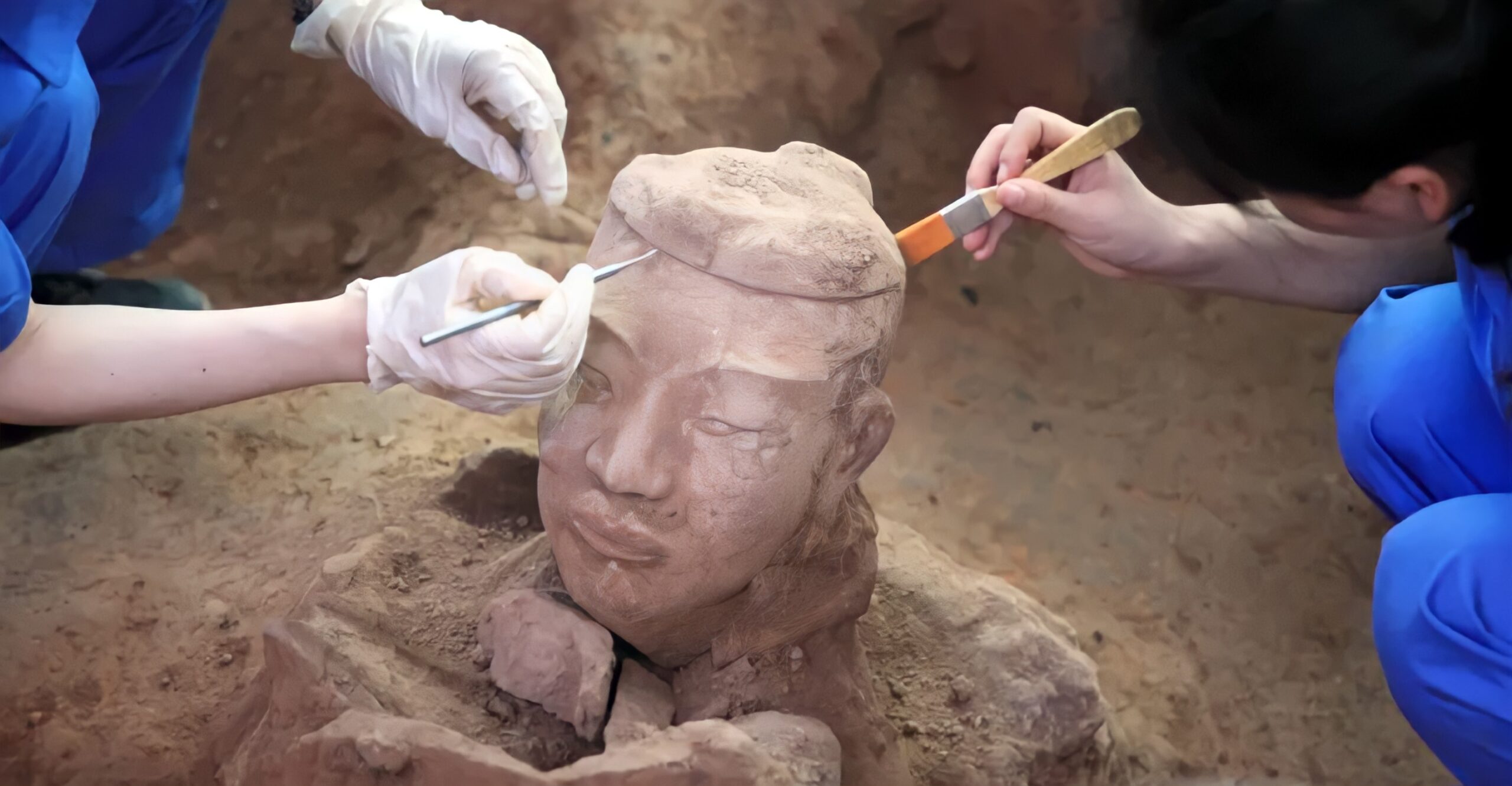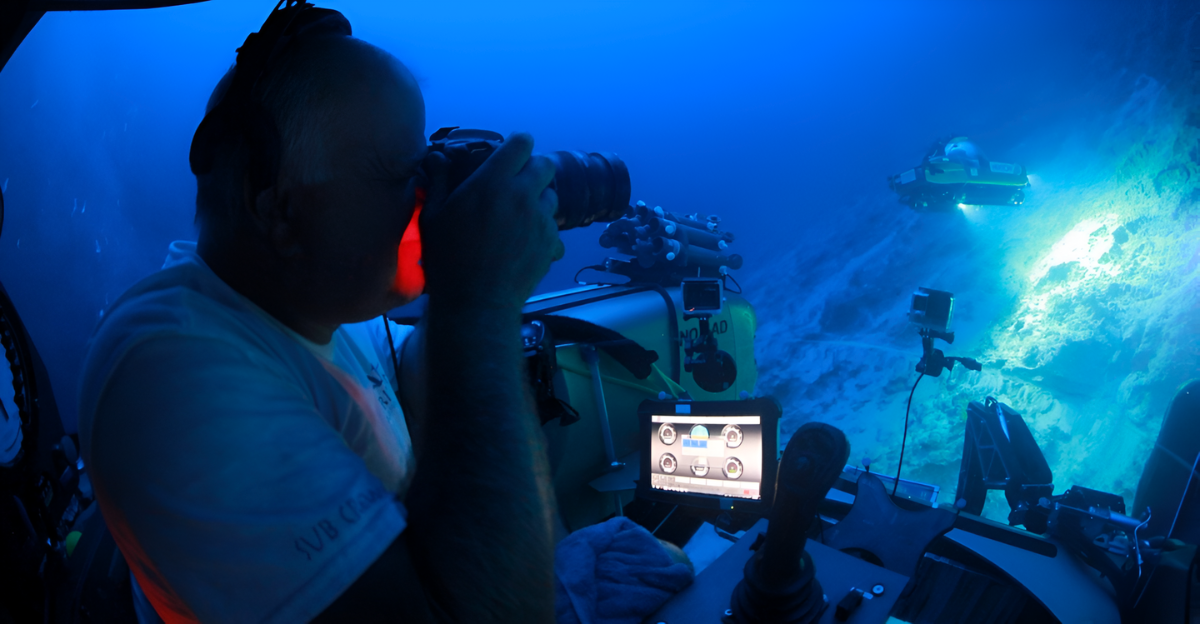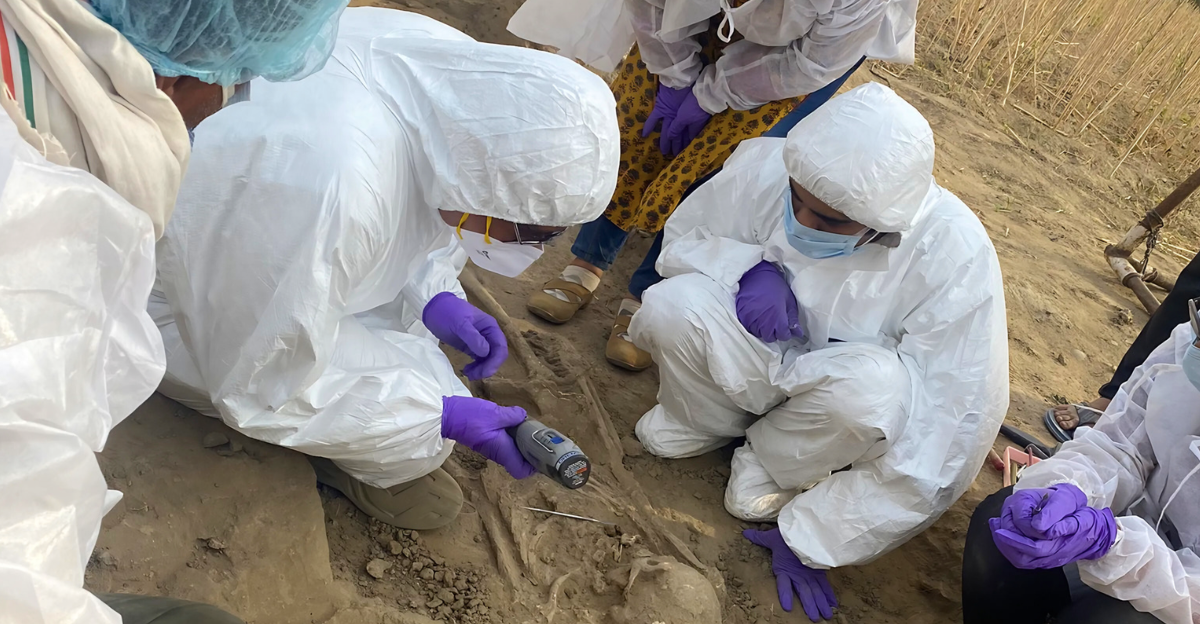
For years, scientists believed that evolution in humans had slowed significantly in recent millennia. However, groundbreaking DNA studies are proving otherwise, revealing that our species has undergone remarkable genetic adaptations in modern history. “The human genome is much more plastic than we thought,” explains Karin Broberg, a researcher at the Karolinska Institute. This adaptability has allowed humans to tackle environmental pressures, diseases, and dietary shifts in ways previously unseen.
High-Altitude Survival in the Andes

Living more than two miles above sea level is tough. The air has 35% less oxygen than at sea level, but Indigenous Andean people have developed special genetic traits to handle it. Unlike Tibetans or Ethiopians, Andeans have adapted in their own unique way by having higher levels of hemoglobin in their blood.
This helps carry more oxygen to their tissues, allowing them to survive and thrive in the thin air. Broberg calls this “an amazing example of how humans adapt to extreme conditions.” Each high-altitude group found its own solution, showing the creativity of evolution.
Arsenic Metabolism in Bolivia’s Highlands

Highland populations in Bolivia have evolved a genetic adaptation to cope with arsenic-contaminated drinking water. A variant of the AS3MT gene enables them to metabolize and excrete arsenic more efficiently, minimizing its toxic effects. Arsenic, typically harmful and linked to severe health issues, poses less of a threat to these populations due to this adaptation.
This remarkable example of natural selection highlights how humans continue to evolve in response to environmental pressures, transforming a widespread toxin into a manageable challenge and showcasing the resilience of human biology in extreme conditions.
Lactase Persistence Shaped by Dairy Farming

Lactase persistence, the ability to digest lactose in milk during adulthood, is a striking example of gene-culture co-evolution. This trait emerged around 4,500 years ago, coinciding with the rise of dairy farming in Europe and South Asia.
David Reich of Harvard Medical School explains that, before this genetic mutation, adults consuming milk often faced severe gastrointestinal distress due to lactose intolerance. The lactase persistence mutation provided a significant survival advantage, enabling early agricultural societies to rely on milk as a vital source of calories, protein, and hydration, especially during food shortages, shaping human diets and survival strategies.
The Skin Pigmentation–Vitamin D Connection

The evolution of lighter skin in populations migrating to regions with less sunlight is a prime example of how human biology adapts to environmental challenges. Melanin, the pigment responsible for darker skin, blocks UV rays but also limits vitamin D production. In low-sunlight environments, reduced melanin allowed for more efficient vitamin D synthesis, which is essential for bone health, immune function, and overall survival. As Lluis Quintana-Murci notes, this adaptation was vital for health, not just appearance. However, the trade-off was increased vulnerability to UV radiation, leading to a higher risk of sunburn and skin-related conditions.
Disease Resistance After the Black Death

The devastating Black Death, one of history’s deadliest pandemics, which wiped out nearly half of Europe’s population in the 14th century, left survivors with genetic changes that boosted their immunity. “Plague survivors passed on alleles that strengthened pathogen resistance,” says Quintana-Murci.
Unfortunately, these same genetic changes, while beneficial in combating infections, came with a trade-off. Today, they are associated with a higher risk of autoimmune disorders, where the immune system mistakenly attacks the body. This dual effect highlights the complex interplay of natural selection, where adaptations for survival in one era can create vulnerabilities in another.
Agriculture’s Influence on Genetic Evolution
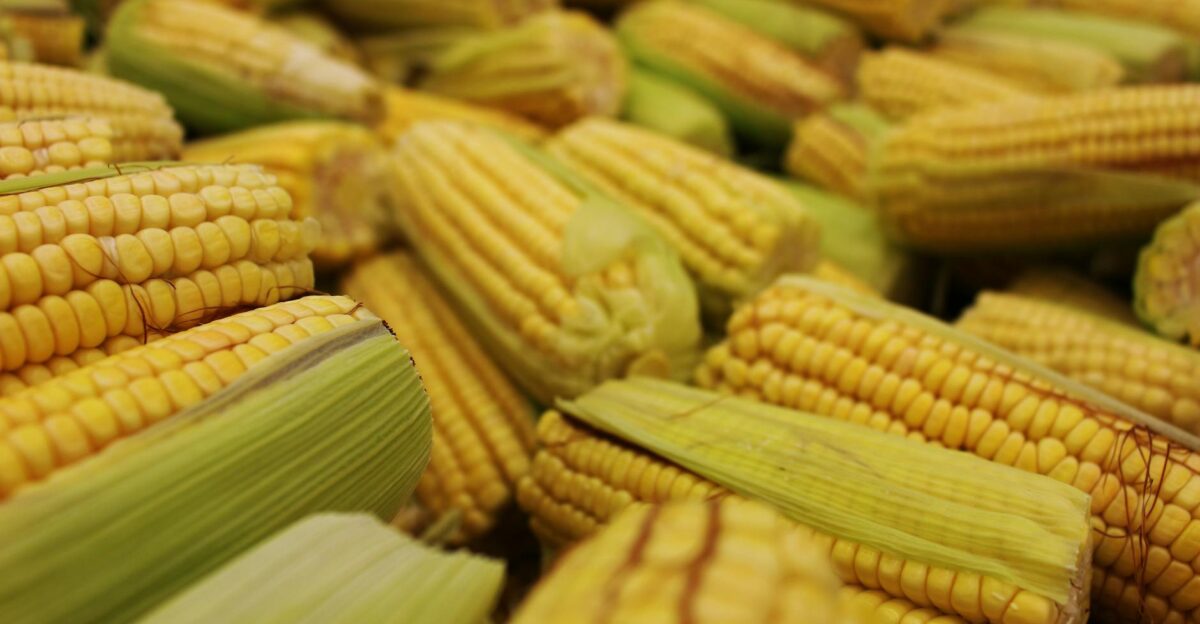
The transition to agriculture marked a pivotal moment in human evolution, fundamentally altering diets and driving genetic adaptations. As populations shifted from diverse hunter-gatherer diets to staple crops like wheat, rice, and maize, their bodies had to adapt to new nutritional demands.
David Reich notes that genes associated with fat storage and nutrient processing underwent significant changes to support these dietary shifts. For instance, the ability to synthesize essential fatty acids from plant-based diets became crucial for survival. These adaptations enabled humans to thrive in agricultural environments, highlighting farming’s profound impact on our evolution.
Unlocking Secrets in Ancient DNA
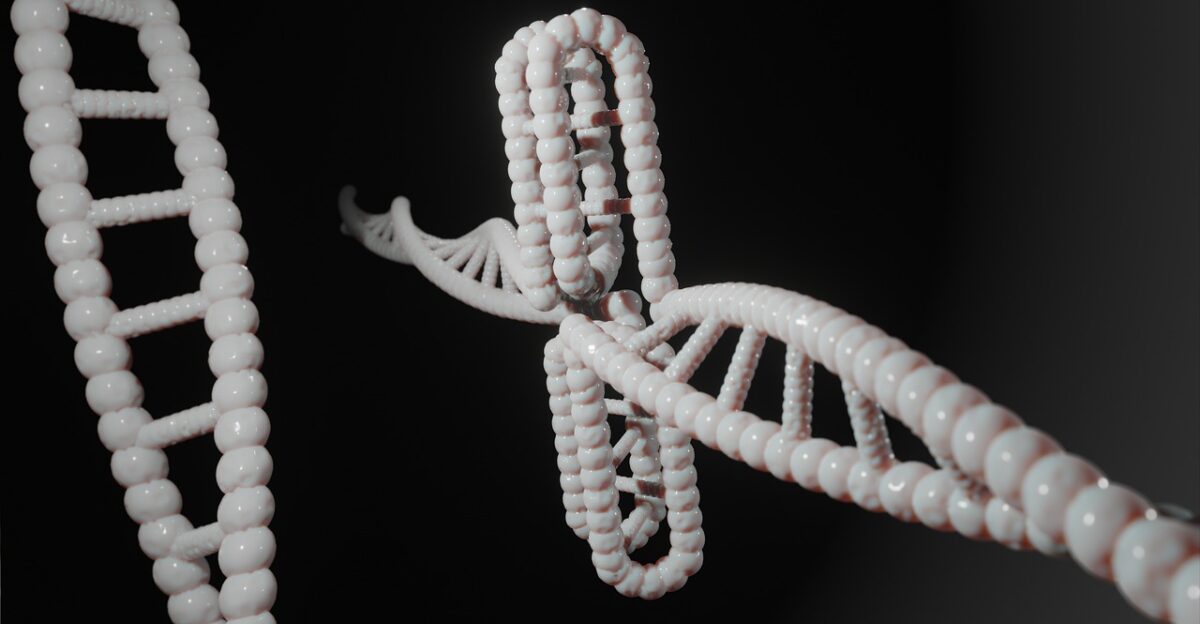
The sequencing of ancient genomes has revealed genetic adaptations often overlooked in modern DNA studies. These ancient genetic blueprints illustrate how populations adapted to specific environmental pressures, such as dietary changes, climate shifts, and exposure to pathogens. For example, they highlight metabolic changes that enabled early humans to process new food sources or genetic traits that provided resistance to ancient diseases. As Yassine Souilmi of the University of Adelaide explains, each new genome enhances our understanding of local adaptations, unraveling the subtle micro-evolutions that have shaped human diversity over millennia.
The Mysteries Behind Polygenic Traits

Polygenic traits, such as height or disease susceptibility, are influenced by the combined effects of multiple genes, making them far more complex than single-gene traits. Advances in computational genetics are shedding light on how these traits evolved over time. According to Souilmi, selective pressures on polygenic traits played a crucial role during key societal transitions, such as urbanization, where factors like population density and new environmental challenges shaped genetic adaptations.
Reversals in Genetic Evolution
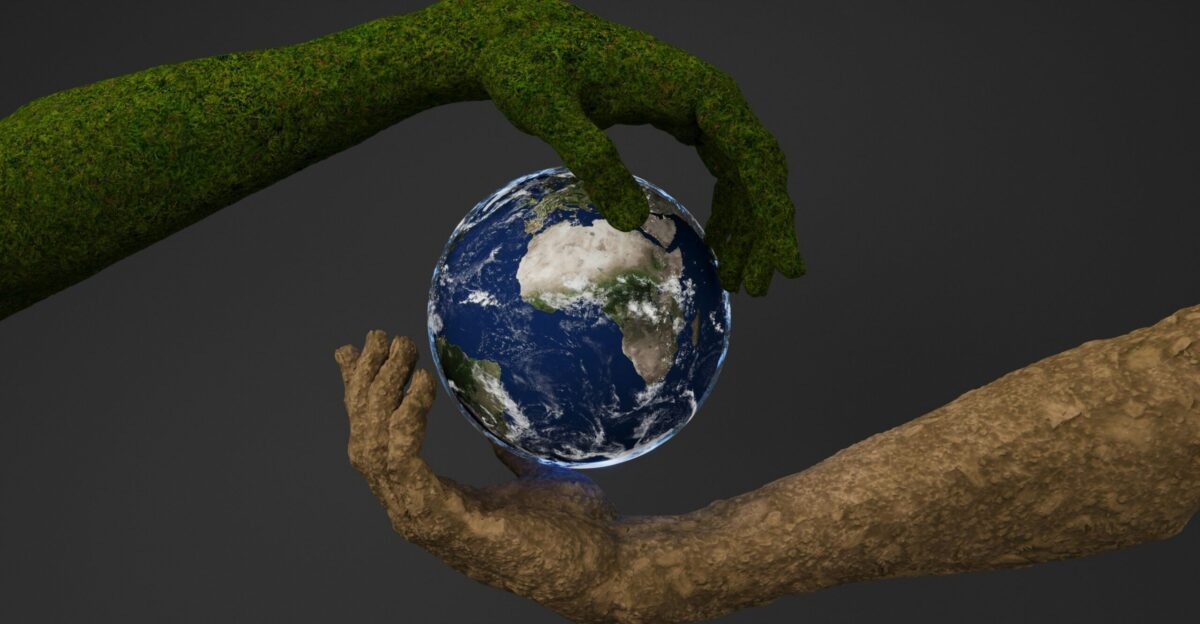
Not every adaptation endures. Environmental shifts, changes in disease patterns, or the mixing of populations through migration and interbreeding can reverse once-beneficial genetic changes. “Many selection events in ancient DNA are transient,” explains Iain Mathieson of the University of Pennsylvania, highlighting how traits advantageous in one era may lose their relevance or even disappear in another. For instance, genetic adaptations that once provided survival advantages may become diluted or obsolete as populations blend.
Pathogens as Evolutionary Architects
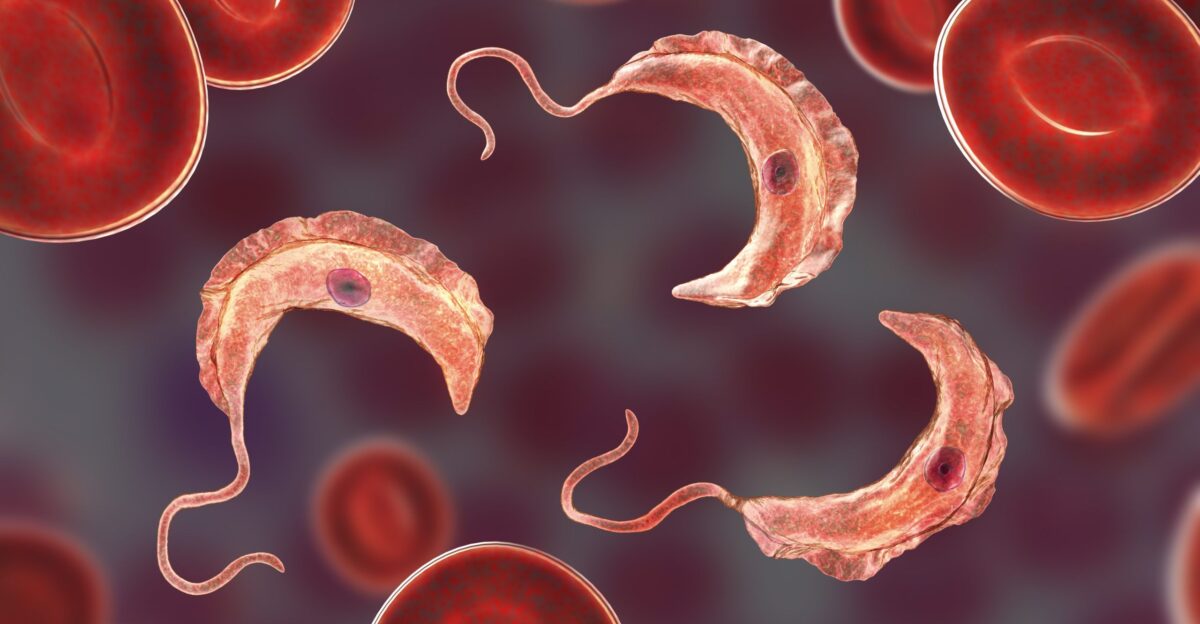
Pathogens have driven some of the most significant genetic changes in humans. Studies reveal immune system enhancements triggered by exposure to various diseases. For example, exposure to malaria has led to adaptations like the sickle cell trait, while the plague and early coronaviruses have shaped immune system genes to better combat these threats. However, these evolutionary benefits often come with trade-offs. As Lluis Quintana-Murci notes, an overly reactive immune system, while effective against pathogens, can increase the risk of autoimmune diseases such as Crohn’s.
What Could the Future Hold
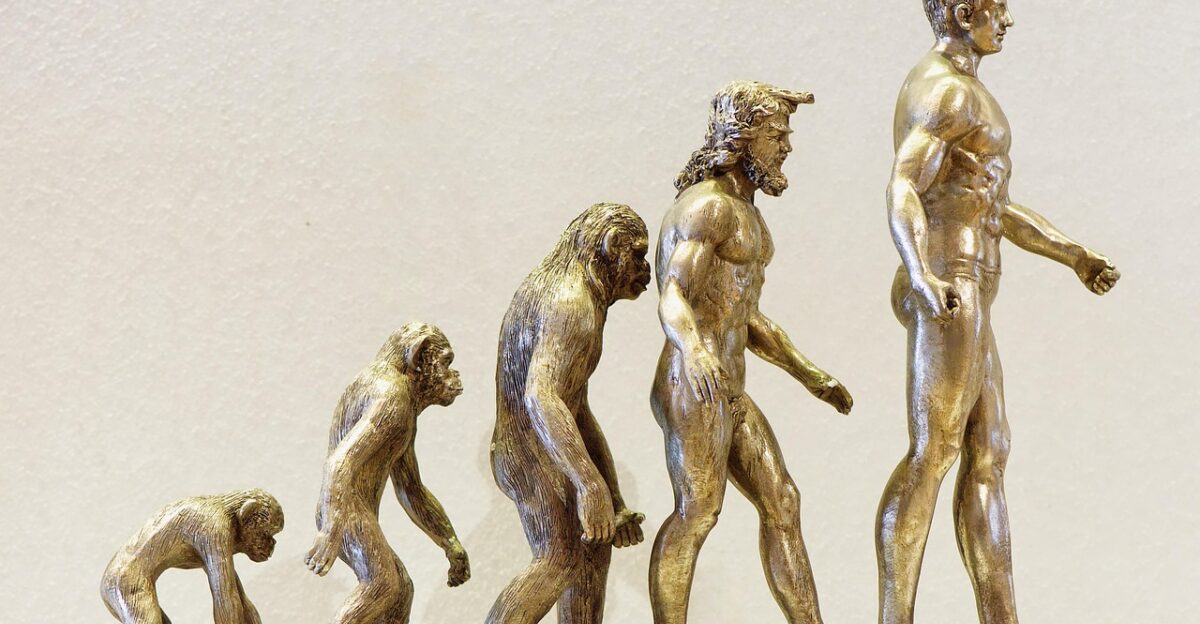
The future of human evolution is uncertain. With advancements like genetic engineering and changing global challenges, natural selection might change or even accelerate. “Understanding our past helps us prepare for what lies ahead,” says Broberg. Whether through technology or continued adaptation, the story of human evolution is far from over.




